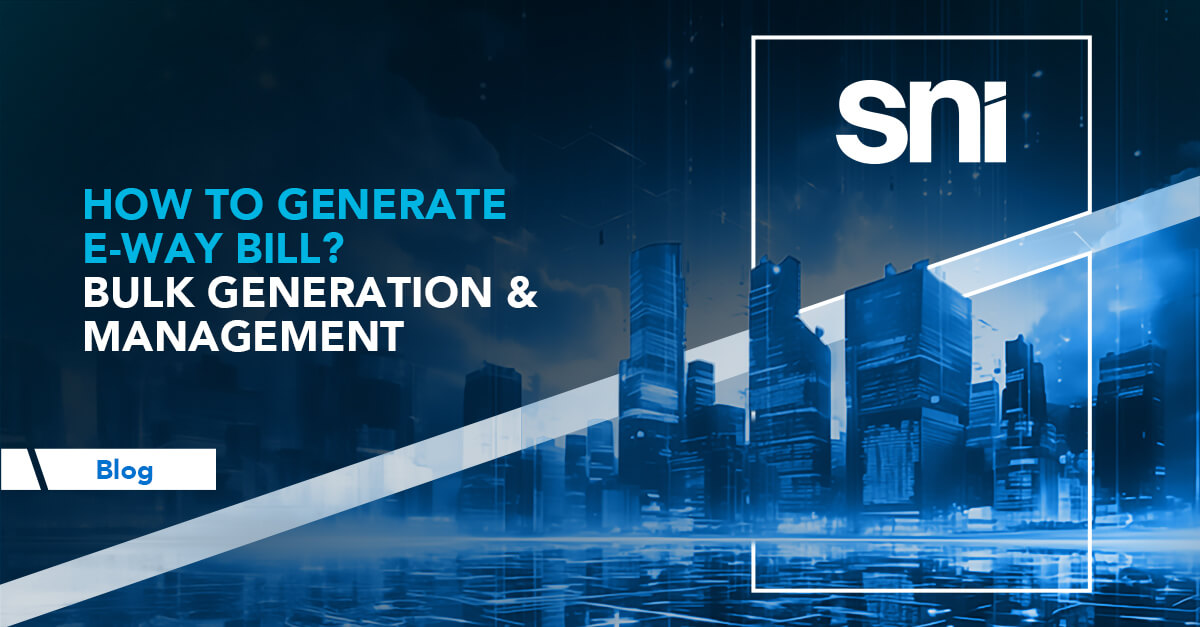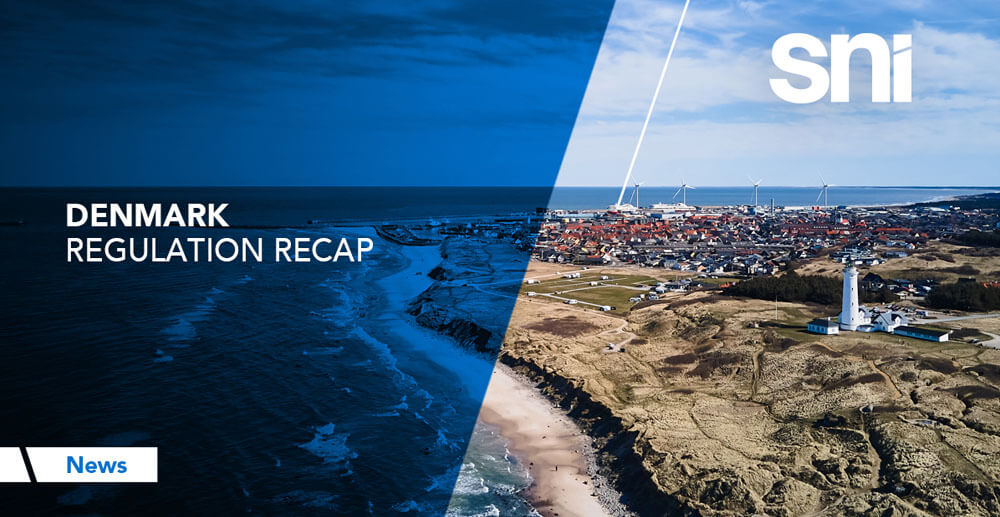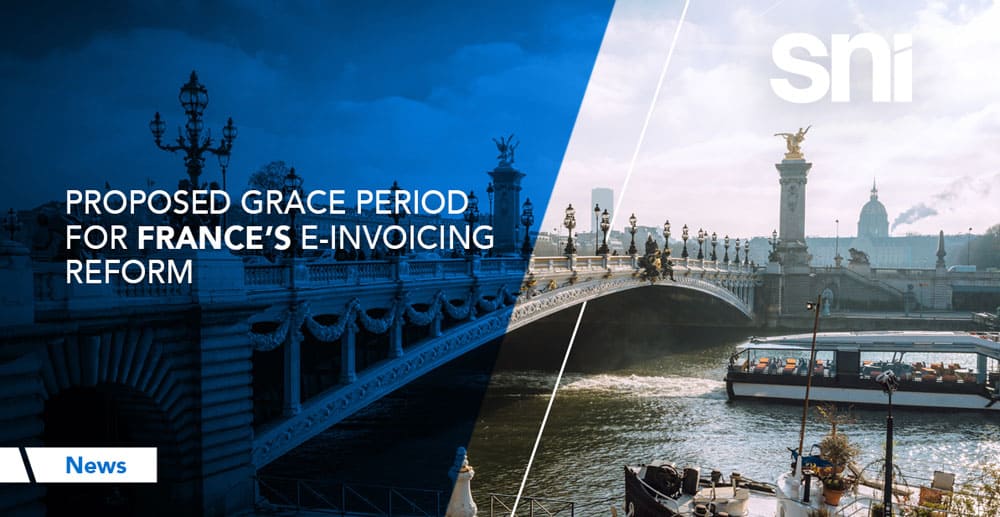
Published: December 2025 Malaysia Introduces New RM1 Million Exemption as e-Invoicing Moves Toward 2026 Rollout Malaysia continues its phased transition to a nationwide CTC-style







We offer SAP and Peppol certified solutions (SAF-T, Invoice Reporting, VAT Reporting and e-Invoicing) to more than 750 clients – thereof 70% multinational. Together with our >100 employees, operating across multiple locations in Europe, we aim to be a single partner globally for our clients.
About Us

If you would like to speak to a salesperson, please call +90 212 909 1664 or email contact@snitechnology.net to receive a call back.
SNI © 2025 All Rights Reserved.